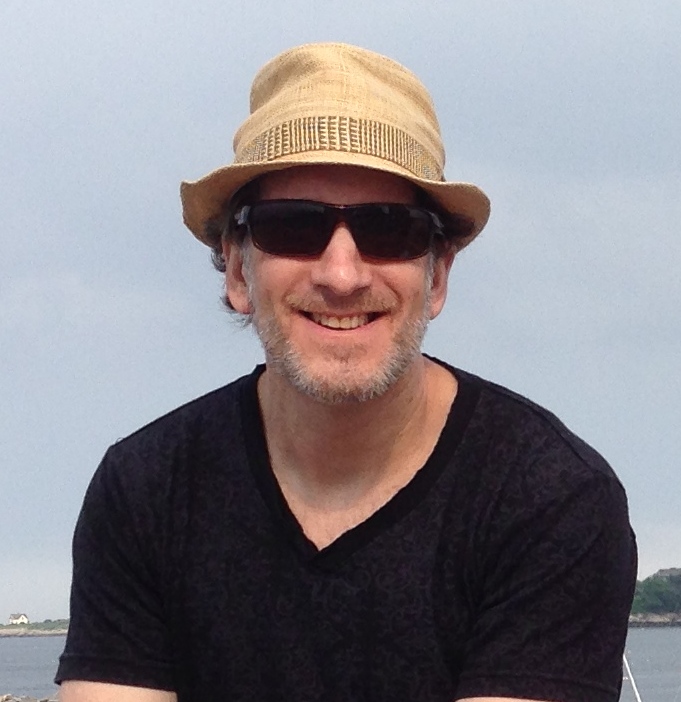NANO Special Issue Outro to Cartography and Narratives
by Sean Scanlan
published November 2014
1. Beginnings: On 7 December 2012, I received an email from Matthew Bissen that helped catalyze NANO Issue 6. He said “we are reaching out to you to see if NANO would be interested in the development of a special edition around the subject of cartography and narrative.” My interest and heart rate increased because NANO needed to grow and needed more special issue ideas. The inquiry got even better when Matthew continued his entreaty: “we feel that NANO is an appropriate publication to present this work and engage in a larger discussion around ideas of cartography and narrative. NANO is a publication that provides a space to explore these ideas in the most expansive sense, through multiple media, and across disciplines.” Clearly, he knew how to massage NANO’s ego.
I responded the same day: “we are interested in working with you on a special issue/edition on the subjects of cartography and narrative. So, yes, let's discuss the possibilities of working together on this project.” This may sound like a dry response, but in reality, I was doing cartwheels.
And that was it. Well, that was far from it. Over 200 email exchanges later, and two years later, we have finally pulled everything together. Now, to be clear, the project ambition was always targeted toward a broad and deep exploration, as NANO was to publish the open-access multimedia edition of a two-part special issue on cartography and narratives in conjunction with The Cartographic Journal. At that time, back in 2012, I believed we had all the time in the world. Ha.
As the many articles rolled in, I realized that this was going to be the largest issue NANO had ever tackled, larger by a factor of two. In fact, this special issue was so large it was going to push the boundary of NANO’s ethos of short articles delivered quickly. But the scope and the subjects of the project were simply too exciting to ever consider not doing it. The number of articles makes this special issue more on the order of a book collection than a set of brief notes.
But I digress. The main point of our first conversations was this question: is this project possible? Yes. How will we shape the issue? Not sure. But the key question was: should we do this? And the answer was unequivocally, yes.
I remember our face-to-face meeting at Picollo, a tiny, crowded coffee shop on Madison Avenue near the CUNY Graduate Center. I remember the newspaper photos of famous Italian cyclists on the walls. The idea of mapping and narratives seemed like a natural set of subjects to take on while living in this gridded city, thinking about authors from all over the world submitting electronically to a special issue that would bring a wide range of scholars and artists together in a sort of artificial home. While a few of the cyclists on the café walls posed with a sort of post-race cool, most wore grimaces as they climbed up some impossibly steep gravel road. All that effort made me think that NANO’s special issue would be more like trying to put together a bicycle from borrowed parts while running downhill.
2. Balance: I have not often considered myself as a “balancer” in any sort of way, at all. In fact, I’m more of a binge person. I dive in, and then forget. Well, that is not completely accurate. I dive in, become exhausted, and then seek a break. Editing NANO relies on just this sort of skill. I need to cram, and then I need to push work toward my guest editors and my assistant editors (and sometimes friends and relatives). What does this balance look like? First, I have to balance out the workload of intake, peer-review, and then editing and proofing. Second, I have to balance out my own editorial eye with the guest editors’ eyes. Then, I need to balance what NANO can actually publish against my ambitious dreams. Fourth, I need to balance out my teaching and writing deadlines with NANO’s needs. What this all means is that I’m not an expert balancer—and for any lack of balance, I am sorry. The other imbalance I now feel is an incredibly massive desire to visit Australia, especially Melbourne, especially RMIT. Did somebody mention sabbatical?
3. Learning: I’ve learned more about the world of cartography than I thought I would. While I was gratified to recognize some of the more well known scholars and writers that I’ve encountered in my small corner of the humanities (American and global literature), what I’ve now come to really appreciate is the concept of mapping and the artistry and incredibly concentrated ideas that traffic this field. I now have a long list of writers and artists to study. In this nod toward the academic field of cartography and mapping—and the artists who surf into and out of this world—I want to say that I am an ideal reader: I am curious to know more. And I hope that NANO’s readers are too.
4. Thanks: thanks go out to all the article authors for their hard work, their patience, and their sense of balance. In addition, I want to thank NANO’s editorial board for doing excellent work to provide efficient and generous reader reports, and here I also must thank NANO’s assistant editors, Rebecca Devers and Ruth Garcia. Their upbeat attitude and work ethic really helped me during the final weeks of production and publishing. And lastly, I don’t want to forget the guest editors, Matthew Bissen and Laurene Vaughan, without whose impetus, organization, and guidance this special issue would not have happened.
5. Some numbers:
Number of intros/outros: 3
Number of articles: 10
Number of images: 62
Number of videos: 4
Number of links: 26
Number of words: 42,000
Thanks for reading,
Sean Scanlan
Founder and editor, NANO: New American Notes Online.

